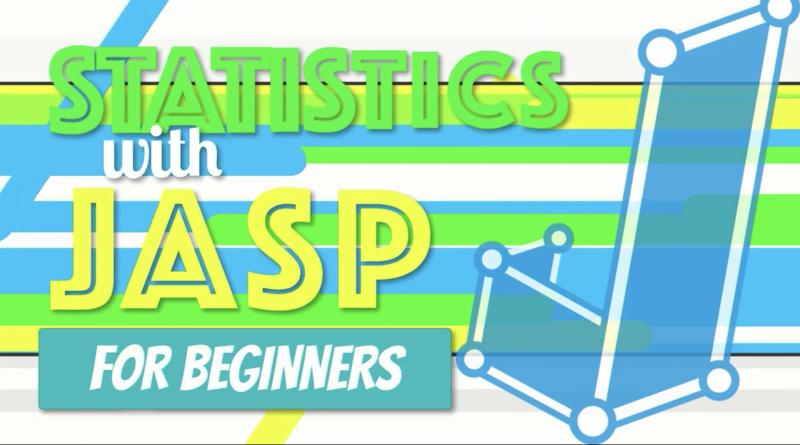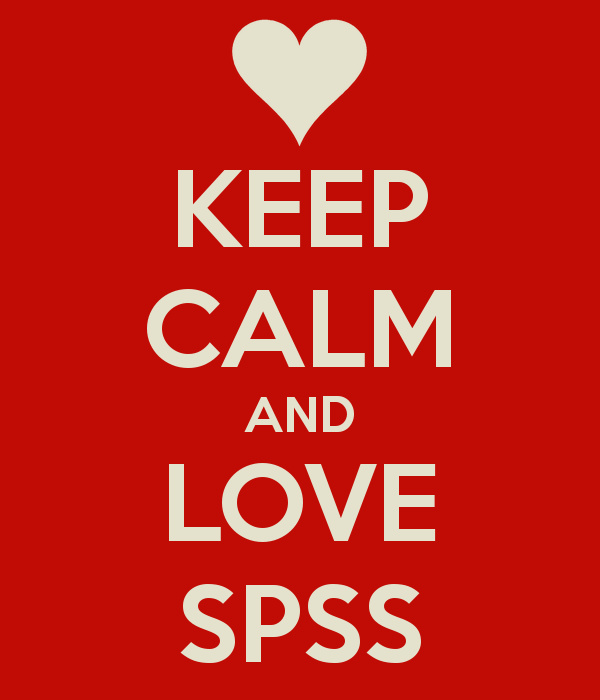Video: How to Do an Independent Samples t Test in JASP
Video (18:29) from Research by Design in which, “Using a dataset about puppy training, we learn how to set up and run an independent samples t test. We import data into JASP, conduct the test, interpret the results and write up the findings. We will learn to check the assumptions of homogeneity of variance using […]
Video: How to Do an Independent Samples t Test in JASP Read More »



